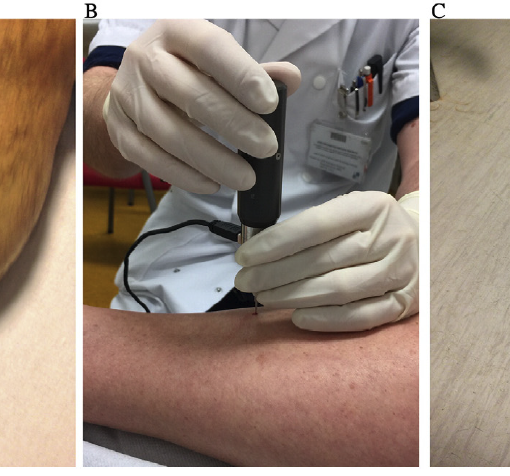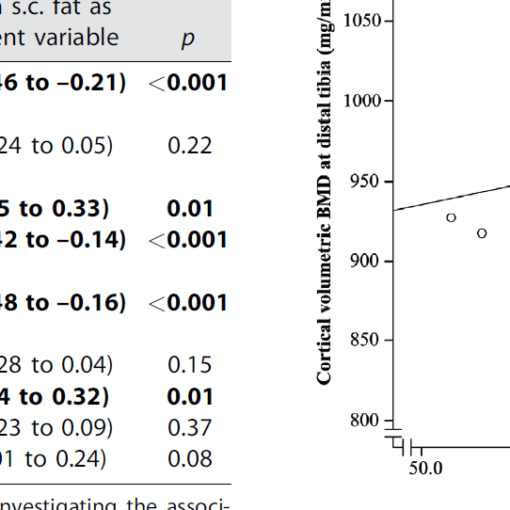Abstract
Substantial evidence exists that in addition to the well-known complications of diabetes, increased fracture risk is an important morbidity. This risk is probably due to altered bone properties in diabetes. Circulating biochemical markers of bone turnover have been found to be decreased in type 2 diabetes (T2D) and may be predictive of fractures independently of bone mineral density (BMD). Serum sclerostin levels have been found to be increased in T2D and appear to be predictive of fracture risk independent of BMD. Bone imaging technologies, including trabecular bone score (TBS) and quantitative CT testing have revealed differences in diabetic bone as compared to non-diabetic individuals. Specifically, high resolution peripheral quantitative CT (HRpQCT) imaging has demonstrated increased cortical porosity in diabetic postmenopausal women. Other factors such as bone marrow fat saturation and advanced glycation endproduct (AGE) accumulation might also relate to bone cell function and fracture risk in diabetes. These data have increased our understanding of how T2D adversely impacts both bone metabolism and fracture risk.



